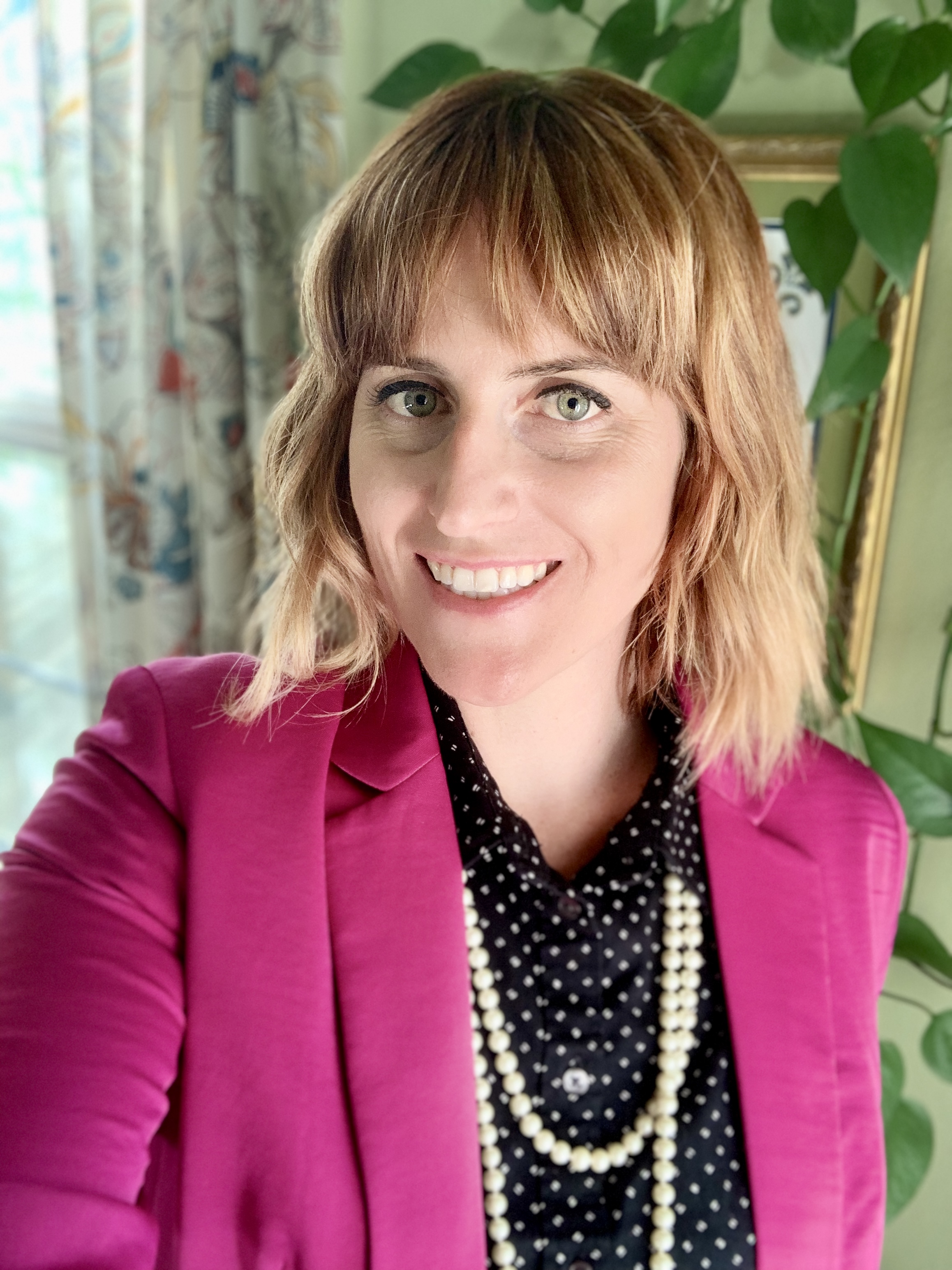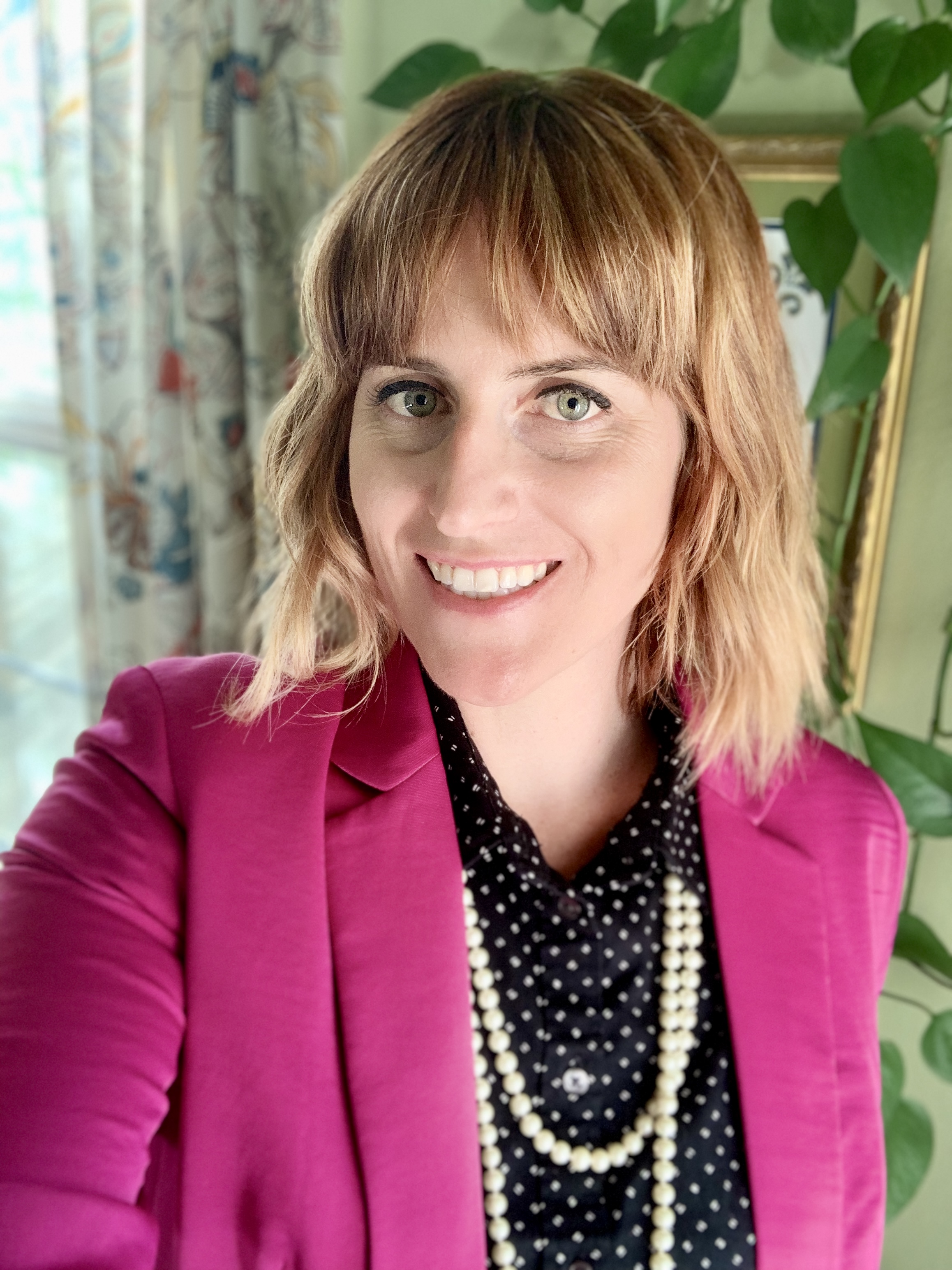
Kate Ozment is an Assistant Professor of English at Cal Poly Pomona.
Do you have any research interests? What are they?
I have two threads of work that constantly influence each other. First, I focus on women’s contributions to print in the long eighteenth century, specifically looking at how they were able to engage in a traditionally (but not wholly) masculine profession. I’m interested in how women’s participation does and does not map onto the paths we have tracked for male authors, and what that can tell us about how gender influenced book trade norms beyond an assumption of masculinized labor with no significant women’s participation. Secondly, I look at how our contemporary study of historical phenomena have shaped how I am prepared to encounter them. Put in plainer language, how are the ways we think about the book trades influenced by how bibliography and book history developed in the twentieth and twenty-first centuries? When you find dozens of examples of a thing that’s not “supposed” to be there, for example women publishers who owned copyright, you wonder why they weren’t a significant part of book trade study as it developed.
How did you get involved with the WPHP?
I met Michelle Levy, Kate Moffat, and Kandice Sharren through academic conferences, and I was really interested in the work that was happening—but it was a bit later than my research interests. When the database decided to move back to 1700, I hopped into Michelle’s email so fast. This dataset is going to change studies of women in the book trades significantly because we are going to have the large datasets to answer questions we have been addressing with case studies, and I want to help build it (and use all that esoteric research I did on the names behind initials in imprints).
Do you have a favourite entry that you've worked on? What is it and why?
Currently, I’m stuck on The Seventh-Day-Man because I am trying to name the publisher, “E. Smith.” The book is tentatively dated 1730, which makes this a bit difficult to nail down. My candidates for the firm “E. Smith” so far are:
-
Francis “Elephant” Smith, so nicknamed because his sign or address was “at the Elephant and Castle.” He died in 1691, so he’s unlikely to have published a book in 1730.
-
Eleanor Smith, Francis’s wife. I don’t have death dates for her yet so she may not be alive in 1730, but from work on Francis I learned that she took over the business while he was exiled so she would have the capability to run the shop.
-
Eleanor Smith, their daughter. If her parents died the late seventeenth century, it is possible their daughter took over the business and was still around in 1730.
-
Elizabeth Smith, a well-known publisher in this period, and it’s believed she retired around 1725 to 1728. A tentative 1730 publication date could certainly put her in the running. When I saw this imprint, I thought it was her and that is why I started diving deeper into possibilities.
-
Someone else entirely.
Obviously, the younger Eleanor Smith and Elizabeth Smith are the best candidates, but I have been surprised before at widows’ longevity when running businesses, especially if they are younger than their husbands. I have some articles left to read.
The sticky thing about this problem is: let’s say I confirm that it’s actually Edward Smith or Edmond Smith who, as far as I know, lived as men – that means that no woman has a documented attachment to this book, so I’ll end up deleting the firm and title from the database. No one will ever know how much work I did to try to figure out who E. Smith was, which is 95% of the reason I’m writing about it here.
What is something surprising you've learned while working on the WPHP?
I had never heard of “the Executrix of Thomas Newcomb” before I found her on an imprint in 1702, and I fell down a rabbit hole trying to figure out who she was. When you put that phrase into the English Short Title Catalog, it returns more than 1,600 records! I first learned than an “executrix” is a feminized executor of a will, and then my friend Molly Yarn pointed me to an article that names her: Dorothy Newcomb. She has a thrilling backstory involving multiple marriages, mysterious husband death, and being committed to an asylum that I want to poke into more, and because she has 1,600 records to log, I will get to. I had never heard of her because most of the publications are not “literary” and I’m a literature scholar. Looking more broadly at print always teaches you something new, though it also often comes with the need to add thousands more records to a database.
Do you have any pets?
I have two brown mutts. We adopted Malcolm (left) in 2015, and he’s the epitome of a “brown dog.” I have no idea what kind of dog he is. He’s brown. With a whooshy tail. We adopted Marlowe (right) in 2016, and he’s a red heeler crossed with a banshee, sorry, I mean a shiba inu. He has Feelings about me working at a computer instead of sitting with him, so you can imagine how teaching from home was (answer: my students paid more attention to him than me).


What is your favourite book and/or film?
I recently watched Fire Island, which is a mlm Pride and Prejudice adaptation on Hulu, and it’s delightful. I am studiously not watching the new Netflix Persuasion because that beautiful, melancholic novel is my favorite, and I can’t handle the tone shift. But I do not begrudge anyone else their joy in it; I’ll just go rewatch Fire Island.
 Kate Ozment is an Assistant Professor of English at Cal Poly Pomona.
Kate Ozment is an Assistant Professor of English at Cal Poly Pomona.